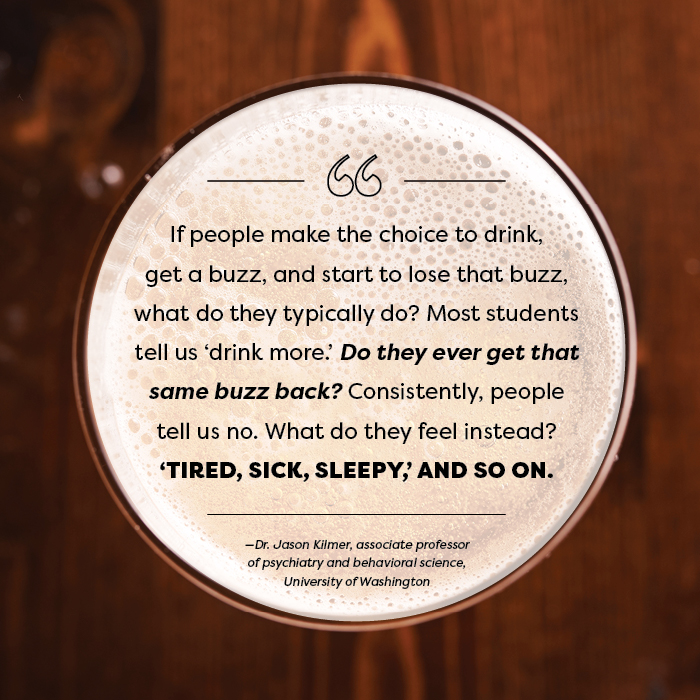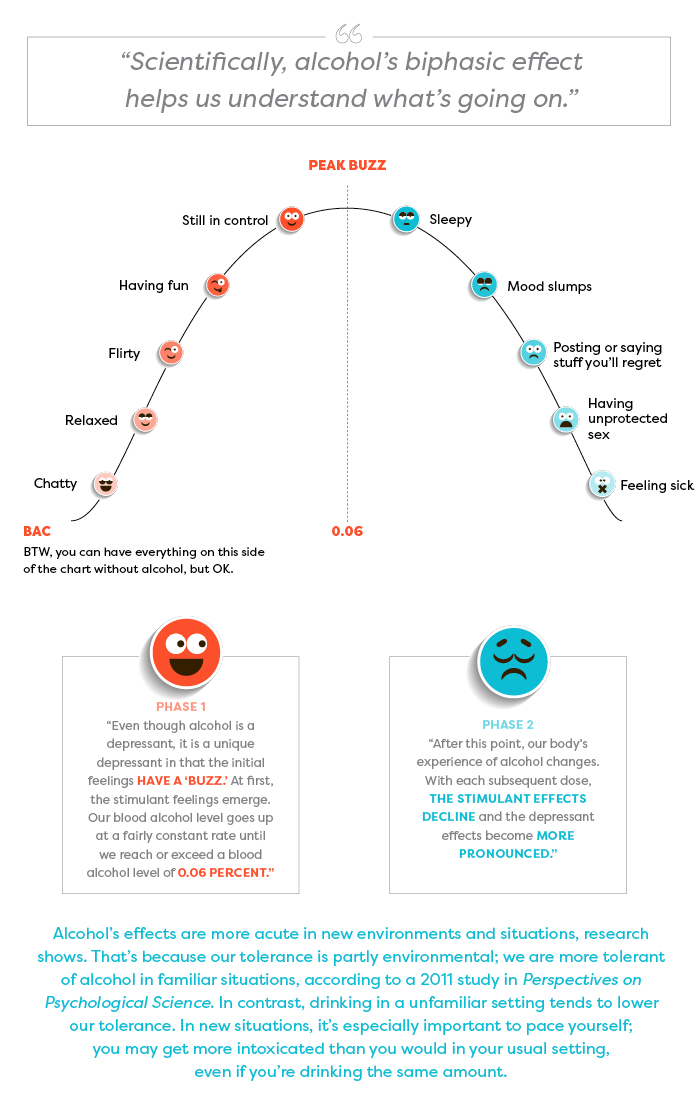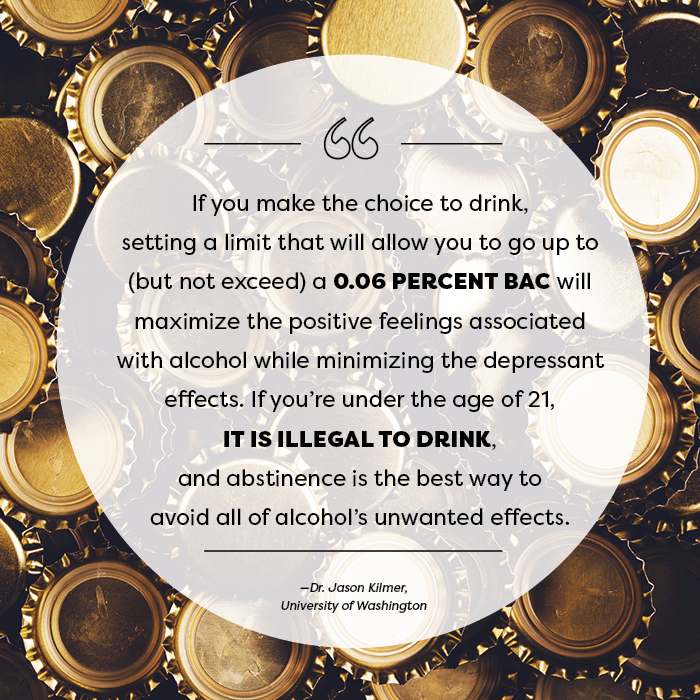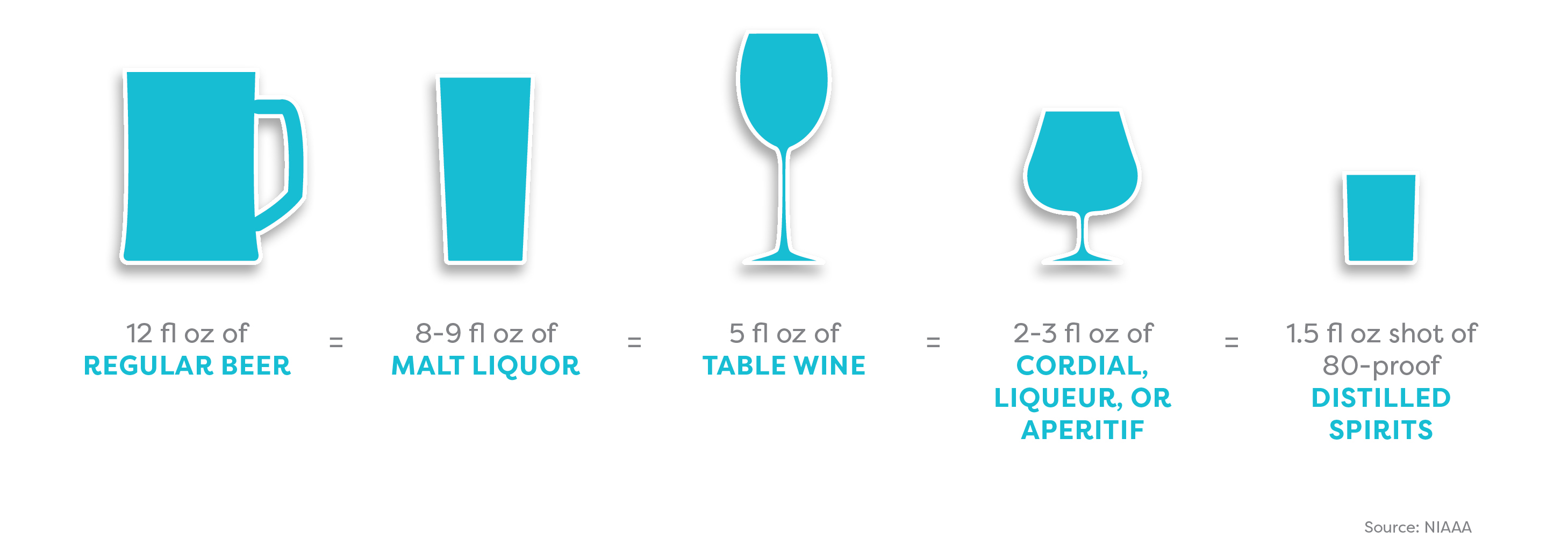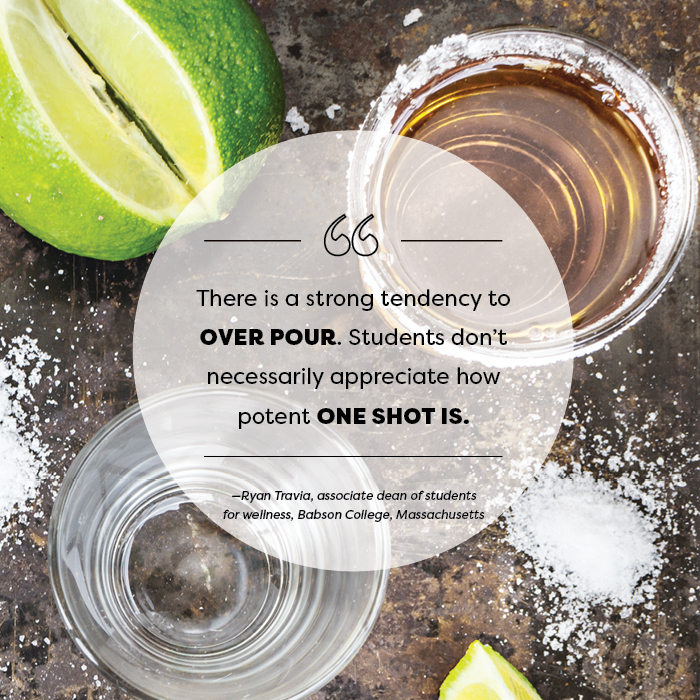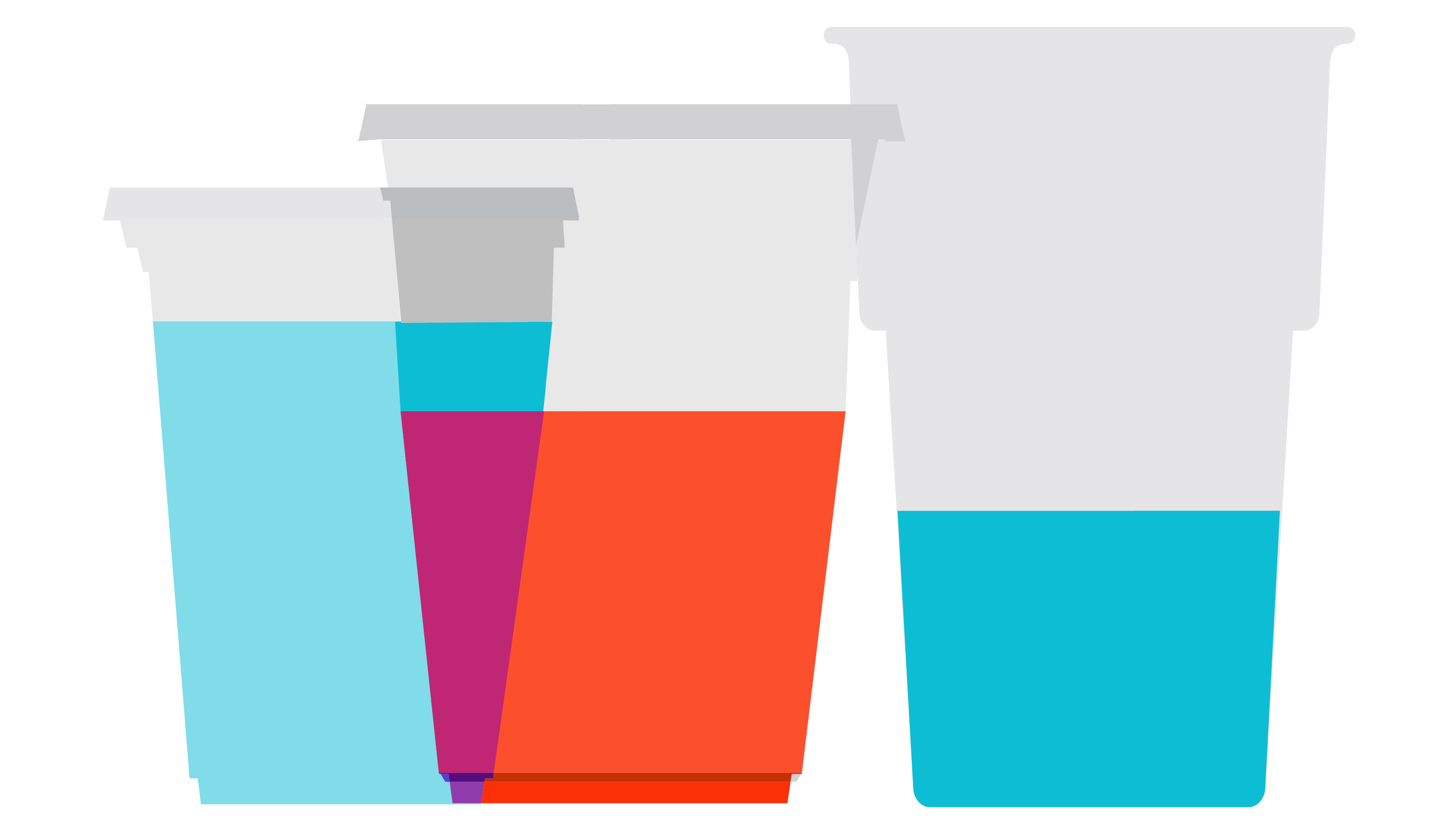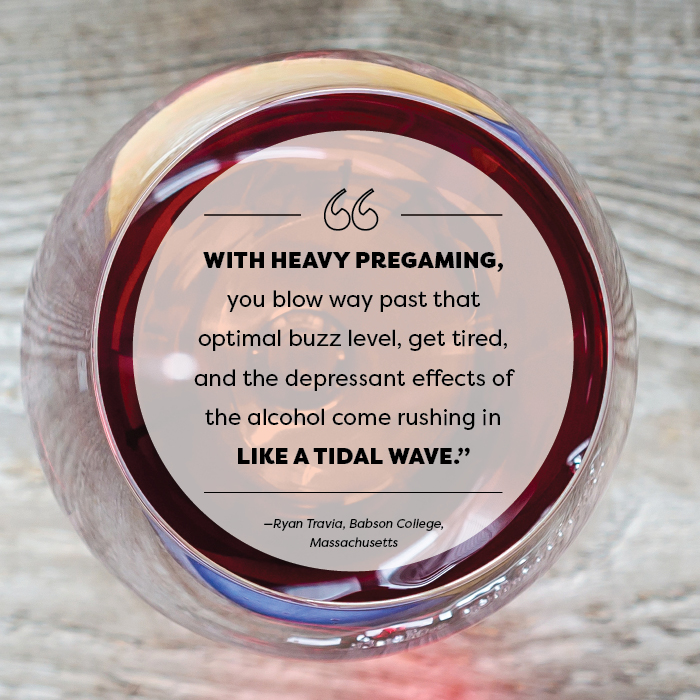Opioid epidemic: What it looks like, what it means, & what to do
Rate this article and enter to win
What do you know about opioid abuse and addiction? Take our quiz to see how your knowledge compares to other students’, and find answers to questions like these:
- Is it risky to take prescription pain meds?
- Who’s at risk for addiction?
- How rare is opioid abuse among college students?
- Does opioid overdose reversal always work?
The US is experiencing a brutal opioid epidemic. In 2015, 33,000 Americans died from overdoses involving prescription painkillers, heroin, and synthetic opioids, according to the National Institutes of Health. Many opioid overdoses can be reversed with timely medical treatment, however—someday, you may be in a position to save a life. This brief guide shows you how.
The illicit use of heroin and prescription painkillers is rare among college students. Yet this epidemic is affecting demographics that were previously considered relatively immune to drug crises. “My freshman year of college, my older sister went to rehab for heroin addiction. People from all ethnicities and social classes are struggling with opioid addiction,” says a third-year undergraduate at Saint Louis University, Missouri.
In this article, “opioid” covers heroin, prescription painkillers, and synthetic opioids sold on the street. For info on getting help with abuse and addiction, see Get help or find out more.
What to do if someone may have overdosed: Call 911 immediately
- Act quickly: Most deaths occur one to three hours after the overdose, so you have a window for intervention.
- Get medical help: When people survive an overdose, it is because professional help was available. You do not need to be sure the person has overdosed on opioids (or any other substance) before calling 911. Calling 911 usually ensures quicker medical help than taking the victim to the hospital yourself.
- Tell the 911 dispatcher: Let them know if the person’s breathing has slowed or stopped and if they are unresponsive. Give the dispatcher the exact location.
- Be aware of Good Samaritan laws: In most states, people who seek help with a suspected overdose are immune from drug-related criminal charges under Good Samaritan laws (also known as 911 Immunity Laws). Your college may have similar policies (sometimes called medical amnesty). For information about your state, see Get help or find out more.
What does an opioid overdose look like?

» The signs of opioid overdose include:
- Small pupils
- Droopy arms and legs, and the inability to stand or walk
- Itching
- Slurred speech
- Shallow and uneven breathing
- Being unresponsive
- Loss of consciousness
» As the window for intervening narrows, signs include:
- Pale face
- Blue lips
- Gurgling chest sounds
Could I be at risk for opioid abuse?
Opioid addiction is difficult to treat. Avoiding illicit drug use is the safest strategy. Here’s how to look out for yourself:
- If you are using a prescription opioid medication that was not prescribed to you, seek help.
- If you are using an opioid medication prescribed to you, be self-aware about your reasons: Opioid medications are prescribed for long-term pain associated with various medical issues or for short-term pain control after surgery or an injury. If you are using opioids for other reasons—e.g., to get high or buzzed—seek help.
- If you are using opioids for pain relief, and your pain is becoming more difficult to control, discuss that with your physician immediately.
- If you have a family history of drug abuse/addiction and need medication for short-term pain, consider asking your physician for a pain medication other than opioids. Having a family history of drug abuse/addiction puts you at a higher risk for abuse/addiction.
- If you are abusing opioids or may be addicted, you will need support with your recovery. See Get help or find out more (below).
Where can I get help with opioid abuse or addiction?
- Ask your physician or other health care provider for a referral to an addiction specialist.
- If you have health insurance, check the insurance company website for addiction specialists covered by your plan.
- Ask at your student health center, counseling center, place of worship, or community center about addiction assistance.
- Call your local hospital for help finding medical professionals with addiction expertise.
- Look at community directories or online for a specialist in your area: Make sure the person is licensed or certified in mental or behavioral health, or is a licensed counselor in social work or professional counseling.
- Try Narcotics Anonymous for local, free, anonymous support groups.
- Many detox centers offer free initial consultations.
- For more key info and resources, see Get help or find out more (below).
What are the options for accessing reversal treatment?
Many opioid overdoses can be reversed with treatment. The opioid reversal medications naloxone and naltrexone can be delivered via a nasal spray, by injection, or intravenously. These reversal drugs (or antidotes) are also known by various brand names (e.g., Narcan®).
Naloxone treatment can be accessed in several ways:
- At hospital emergency rooms
- Via police departments and paramedics (ambulance responders), after calling 911
- Via some fire departments
- In most states, via some trained laypeople (not medical professionals) who may have a history of opioid abuse or family members who are abusing opioids
- Some states allow pharmacies to dispense naloxone to people meeting certain criteria without a physician’s direct involvement (this is often reported as over-the-counter availability, although that term is technically incorrect)
What exactly does “unresponsive” mean?
Here’s what being unresponsive looks like, according to the Harm Reduction Coalition:
- Not answering to their name
- Not responding to information they may not want to hear (e.g., “I’m going to call 911”)
- Not responding to physical stimulation (e.g., rubbing your knuckles into their sternum, the place in the middle of their chest where the ribs meet, or pinching their earlobes)
- If the person wakes up but their breathing seems shallow or their chest feels tight, call 911 anyway
See Where can I get help with opioid abuse or addiction? in the article.
How to respond to an opioid overdose: Harm Reduction Coalition
Does your state have a “Good Samaritan” law [pdf]: Drug Policy Alliance
Interactive guide to the opioid epidemic: Guardian
Find treatment near you: Substance Abuse and Mental Health Services Administration (SAMHSA)
Free, confidential, 24/7 helpline (English and Spanish): SAMHSA
1-800-662-HELP (4357)
1-800-487-4889 (TDD)
Find a local meeting: Narcotics Anonymous
Guide to drug addiction treatment: National Institute on Drug Abuse
Facts about heroin: Drug Policy Alliance
Can you get over an addiction? Maia Szalavitz/New York Times
Achilefu, A., Joshi, K., Meier, M., & McCarthy, L. H. (2017). Yoga and other meditative movement therapies to reduce chronic pain. Journal of the Oklahoma State Medical Association, 110(1), 14–16.
American College Health Association. (2016). American College Health Association-National College Health Assessment II: Reference Group Executive Summary, Spring 2016. Hanover, MD: American College Health Association; 2016.
Arnold, R. (2017). Fast Facts and Concepts #83. Why patients do not take their opioids. Palliative Care Network of Wisconsin. Retrieved from https://www.mypcnow.org/blank-aw14v
Back, S. E., Payne, R. L., Wahlquist, A. H., Carter, R. E., et al. (2011). Comparative profiles of men and women with opioid dependence: Results from a national multisite effectiveness trial. American Journal of Drug and Alcohol Abuse, 37(5), 313–323.
Brooner, R. K., King, V. L., & Kidorf, M. (1997). Psychiatric and substance use comorbidity among treatment-seeking opioid abusers. JAMA Psychiatry, 54(1), 71–80.
Center for Behavioral Health Statistics and Quality. (2016). Key substance use and mental health indicators in the United States: Results from the 2015 National Survey on Drug Use and Health (HHS Publication No. SMA 16-4984, NSDUH Series H-51).
Centers for Disease Control and Prevention. (2012). Grand Rounds: Prescription drug overdoses—a US epidemic. Morbidity and Mortality Weekly Report, 61(1), 10–13.
Centers for Disease Control and Prevention. (2015). Today’s heroin epidemic infographics. Retrieved from https://www.cdc.gov/vitalsigns/heroin/infographic.html
Centers for Disease Control and Prevention. (2016). Increases in drug and opioid overdose deaths—United States, 2000–2014. Morbidity and Mortality Weekly Report Weekly, 64(50), 1378–82.
Centers for Disease Control and Prevention. (2016). Prescription opioid overdose data. Retrieved from https://www.cdc.gov/drugoverdose/data/overdose.html
Centers for Disease Control and Prevention. (2016). Wide-ranging online data for epidemiologic research (WONDER). Atlanta, GA: CDC, National Center for Health Statistics.
Centers for Disease Control and Prevention. (2017). Heroin overdose data. Retrieved from https://www.cdc.gov/drugoverdose/data/heroin.html
Cicero, T. J., Ellis, M. S., Surratt, H. L., & Kurtz, S. P. (2014). The changing face of heroin use in the United States: A retrospective analysis of the past 50 years. JAMA Psychiatry, 71(7), 821–826.
Compton, W. M., Jones, C. M., & Baldwin, G. T. (2016). Relationship between nonmedical prescription-opioid use and heroin use. New England Journal of Medicine, 374(2), 154–163. Retrieved from https://www.nejm.org/doi/full/10.1056/NEJMra1508490#t=article
Coomber, R., & Sutton, C. (2006). Harm Reduction Digest 34: How quick to heroin dependence? Drug and Alcohol Review, 25(5), 463–471. Retrieved from https://onlinelibrary.wiley.com/doi/10.1080/09595230600883347/abstract
Darke, S. (2012). Pathways to heroin dependence: Time to re-appraise self-medication. Addiction, 108(4), 659–667.
Davis, C. (2016, March 1). “Over the counter” naloxone access, explained. The Network for Public Health Law. Retrieved from https://www.networkforphl.org/the_network_blog/2016/03/01/745/over_the_counter_naloxone_access_explained
Grattan, A., Sullivan, M. D., Saunders, K. W., Campbell, C. I., et al. (2012). Depression and prescription opioid misuse among chronic opioid therapy recipients with no history of substanceabuse. Annals of Family Medicine, 10(4), 304–311.
Jones, C. M., Baldwin, G. T., Manocchio, T., White, J. O., et al. (2016). Trends in methadone distribution for pain treatment, methadone diversion, and overdose deaths—United States, 2002–2014. Morbidity and Mortality Weekly Report, 65(26), 667–671.
Jones, C. M., Paulozzi, L. J., & Mack, K. A. (2014). Sources of prescription opioid pain relievers by frequency of past-year nonmedical use United States, 2008–2011. JAMA Internal Medicine, 174(5), 802–803.
Lankenau, S. E., Teti, M., Silva, K., Jackson Bloom, J., et al. (2012). Initiation into prescription opioid misuse amongst young injection drug users. International Journal of Drug Policy, 23(1), 37–44.
Ludden, J. (September 2, 2016). An even deadlier opioid, Carfentanil, is hitting the streets. National Public Radio. Retrieved from https://www.npr.org/sections/health-shots/2016/09/02/492108992/an-even-deadlier-opioid-carfentanil-is-hitting-the-streets
Mahoney, K. (2016, August 10). FDA supports greater access to naloxone to help reduce opioid overdose deaths. FDA Voice; US Food and Drug Administration. Retrieved from https://blogs.fda.gov/fdavoice/index.php/2016/08/fda-supports-greater-access-to-naloxone-to-help-reduce-opioid-overdose-deaths/
Miech, R., Johnston, L., O’Malley, P. M., Keyes, K. M., et al. (2015). Prescription opioids in adolescence and future opioid misuse. Pediatrics, 136(5), e1169–e1177.
National Institute on Drug Abuse. (2015). Prescription opioid use is a risk factor for heroin use. Retrieved from https://www.drugabuse.gov/publications/research-reports/relationship-between-prescription-drug-heroin-abuse/prescription-opioid-use-risk-factor-heroin-use
National Institutes of Health. (2017, January). Overdose death rates. Retrieved from https://www.drugabuse.gov/related-topics/trends-statistics/overdose-death-rates
Noble, M., Treadwell, J. R., Tregear, S. J., Coates, V. H., et al. (2010). Opioids for long-term treatment of noncancer pain. The Cochrane Collaboration. Retrieved from https://www.cochrane.org/CD006605/SYMPT_opioids-long-term-treatment-noncancer-pain
Paulozzi, L. J., Budnitz, D. S., & Xi, Y. (2006). Increasing deaths from opioid analgesics in the United States. Pharmacoepidemiology of Drug Safety, 15(9), 618–627.
Popovich, N. (2016, May 25). A deadly crisis: Mapping the spread of America’s drug overdose epidemic. Guardian. Retrieved from https://www.theguardian.com/society/ng-interactive/2016/may/25/opioid-epidemic-overdose-deaths-map
Rudd, R. A., Seth, P., David, F., & Scholl, L. (2016). Increases in drug and opioid-involved overdose deaths—United States, 2010–2015. Mortality and Morbidity Weekly Report, 65(50–51), 1445–1452.
Schwartz, A. (2015, April 25). Michael Botticelli is a drug czar who knows addiction firsthand. New York Times. Retrieved from https://www.nytimes.com/2015/04/26/us/michael-botticelli-is-a-drug-czar-who-knows-addiction-firsthand.html?_r=0
Senate Caucus on International Narcotics Control Substance Abuse and Mental Health Services Administration. Results from the 2012 National Survey on Drug Use and Health: Summary of National Findings, NSDUH Series H-46, HHS Publication No. 13-4795. Rockville, MD: SAMHSA, 2013.
Stobbe, M. (2016, December 9). A grim tally soars: More than 50,000 overdose deaths in US. STAT. Retrieved from https://www.statnews.com/2016/12/09/opoid-overdose-deaths-us/
Szalavitz, M. (2016, May 10). Opioid addiction is a huge problem, but pain prescriptions are not the cause. Scientific American. Retrieved from https://blogs.scientificamerican.com/mind-guest-blog/opioid-addiction-is-a-huge-problem-but-pain-prescriptions-are-not-the-cause/
Utah Department of Health. (2016). Prescription opioid deaths. Retrieved from https://health.utah.gov/vipp/pdf/RxDrugs/PDODeaths2015.pdf
Volkow, N. D. (2014, May 14). America’s addiction to opioids: Heroin and prescription drug abuse. National Institute of Drug Abuse. Retrieved from https://www.drugabuse.gov/about-nida/legislative-activities/testimony-to-congress/2016/americas-addiction-to-opioids-heroin-prescription-drug-abuse
Vowles, K. E., McEntee, M. L., Julnes, P. S., Frohe, T., et al. (2015). Rates of opioid misuse, abuse, and addiction in chronic pain: A systematic review and data synthesis. Journal of Pain, 156(4), 569–576.
Whalen, J., & Spegele, B. (2016, June 23). The Chinese connection fueling America’s fentanyl crisis. Wall Street Journal. Retrieved from https://www.wsj.com/articles/the-chinese-connection-fueling-americas-fentanyl-crisis-1466618934.
White, P. F. (2017, March). What are the advantages of non-opioid analgesic techniques in the management of acute and chronic pain? Expert Opinions in Pharmacotherapeutics, 18(4), 329–333.
Whitworth, M. (2015, October 22). Can you really become addicted to a drug after just one hit? Vice. Retrieved from https://www.vice.com/en_us/article/reasons-why-you-cant-get-addicted-to-drugs-after-one-hit
Yokell, M. A., Delgado, M. K., Zaller, N. D., Wang, N. E., et al. (2014, December). Presentation of prescription and nonprescription opioid overdoses to US emergency departments. JAMA Internal Medicine, 174(12), 2034–2037. Retrieved from https://jamanetwork.com/journals/jamainternalmedicine/fullarticle/1918924





 NOT REALLY BUT
NOT REALLY BUT NOOOOOO
NOOOOOO


 People experiencing abusive encounters and relationships tend to tell a friend, studies show. If you are that friend, you can make a difference. If you are experiencing abuse, these steps can help outline what seeking support may look like.
People experiencing abusive encounters and relationships tend to tell a friend, studies show. If you are that friend, you can make a difference. If you are experiencing abuse, these steps can help outline what seeking support may look like. 8 Seek out support for yourself too
8 Seek out support for yourself too
 “It isn’t your fault. It can happen to anyone. It happened to me. It helps to talk to someone you trust when it first happens. I wish I had.”
“It isn’t your fault. It can happen to anyone. It happened to me. It helps to talk to someone you trust when it first happens. I wish I had.” “Some days I think I was sexually abused in my last relationship. I felt that he knew I didn’t want to but went ahead anyway, knowing I wouldn’t speak up or call him out on it. Other days I just think I’m over-thinking it. I’ve never spoken out about it because I’m not sure if it was my fault.”
“Some days I think I was sexually abused in my last relationship. I felt that he knew I didn’t want to but went ahead anyway, knowing I wouldn’t speak up or call him out on it. Other days I just think I’m over-thinking it. I’ve never spoken out about it because I’m not sure if it was my fault.” “About two months into the relationship, I was beginning to notice how controlling and emotionally manipulative he was. I was drinking at his house with him and some friends. After I drank too much, he became angry. He wanted to have sex with me. I told him I felt sick, saying over and over again that I did not want to. He got on top of me anyway and I was too intoxicated to push him off. I stayed with him for six more months. There were several instances of him pushing me to do things and have sex with him. I regret that I pretended that what he did was OK. I have learned to never stay silent about sexual abuse and assault.”
“About two months into the relationship, I was beginning to notice how controlling and emotionally manipulative he was. I was drinking at his house with him and some friends. After I drank too much, he became angry. He wanted to have sex with me. I told him I felt sick, saying over and over again that I did not want to. He got on top of me anyway and I was too intoxicated to push him off. I stayed with him for six more months. There were several instances of him pushing me to do things and have sex with him. I regret that I pretended that what he did was OK. I have learned to never stay silent about sexual abuse and assault.” “I told the guy that I felt awful. Rather than comfort me [when I was sick], he took my hand and put it on his penis. I told him that was ridiculous and made it clear I did not want him to come to [my campus apartment] any more. He called me a bitch and told me I was making everything about myself. It took him weeks to understand I had dumped him. He kept telling me to ‘think about it,’ as if my breaking up with him was not real. I never allowed him to see me again. I don’t feel bad about dumping him in a text rather than making a scene in public or risking myself in my apartment.”
“I told the guy that I felt awful. Rather than comfort me [when I was sick], he took my hand and put it on his penis. I told him that was ridiculous and made it clear I did not want him to come to [my campus apartment] any more. He called me a bitch and told me I was making everything about myself. It took him weeks to understand I had dumped him. He kept telling me to ‘think about it,’ as if my breaking up with him was not real. I never allowed him to see me again. I don’t feel bad about dumping him in a text rather than making a scene in public or risking myself in my apartment.” “I have a friend who felt obligated to comply with his sexual demands because they were dating. We had to pull her out of the situation ourselves.”
“I have a friend who felt obligated to comply with his sexual demands because they were dating. We had to pull her out of the situation ourselves.” “We broke up over the course of a year, and we still had sex sometimes, as if we were still together. It was assumed that I was always comfortable with it, since they were the one wavering in our relationship and I was not. I wasn’t all right with it, though. I did want it to work out eventually, and felt that meant maintaining intimacy through everything.”
“We broke up over the course of a year, and we still had sex sometimes, as if we were still together. It was assumed that I was always comfortable with it, since they were the one wavering in our relationship and I was not. I wasn’t all right with it, though. I did want it to work out eventually, and felt that meant maintaining intimacy through everything.” “My first relationship was when I was 14 years old. The boy was such a charmer and no one knew what was going on. The first three months he was sweet as can be, but then he changed. He said the reason our relationship was bad was because I wouldn’t have sex with him. He did some sexual things against my will that are too painful to go into detail about. Because of him, I believed I was stupid, unlovable, and ugly.
“My first relationship was when I was 14 years old. The boy was such a charmer and no one knew what was going on. The first three months he was sweet as can be, but then he changed. He said the reason our relationship was bad was because I wouldn’t have sex with him. He did some sexual things against my will that are too painful to go into detail about. Because of him, I believed I was stupid, unlovable, and ugly.

 Increasingly, students who are “in recovery”—working to maintain their sobriety—are finding the solution in dedicated recovery programs on campuses. These programs vary, but may include drug-free housing, sober hangout space, social events with supportive peers, and meetings, counseling, and academic supports tailored to address the pressures and triggers associated with staying free of alcohol and/or drugs.
Increasingly, students who are “in recovery”—working to maintain their sobriety—are finding the solution in dedicated recovery programs on campuses. These programs vary, but may include drug-free housing, sober hangout space, social events with supportive peers, and meetings, counseling, and academic supports tailored to address the pressures and triggers associated with staying free of alcohol and/or drugs.


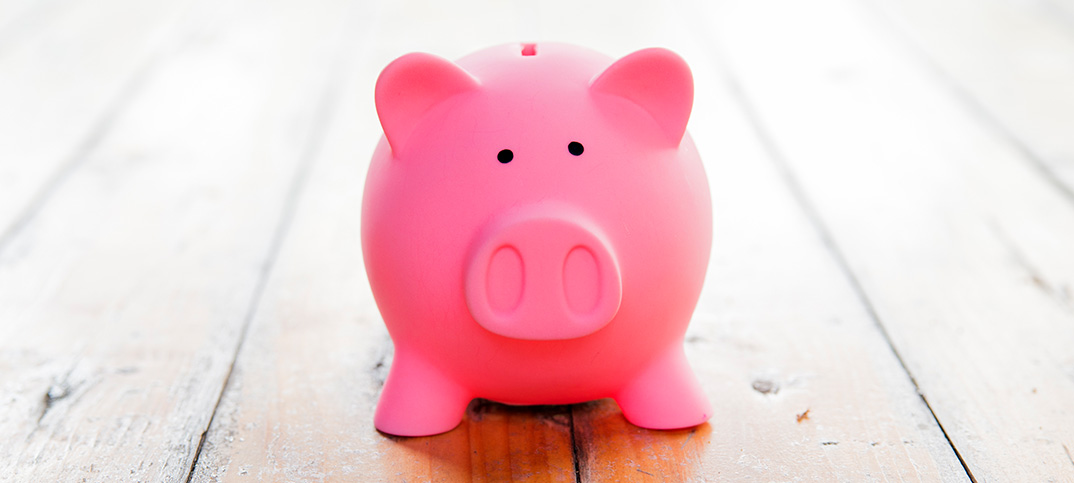



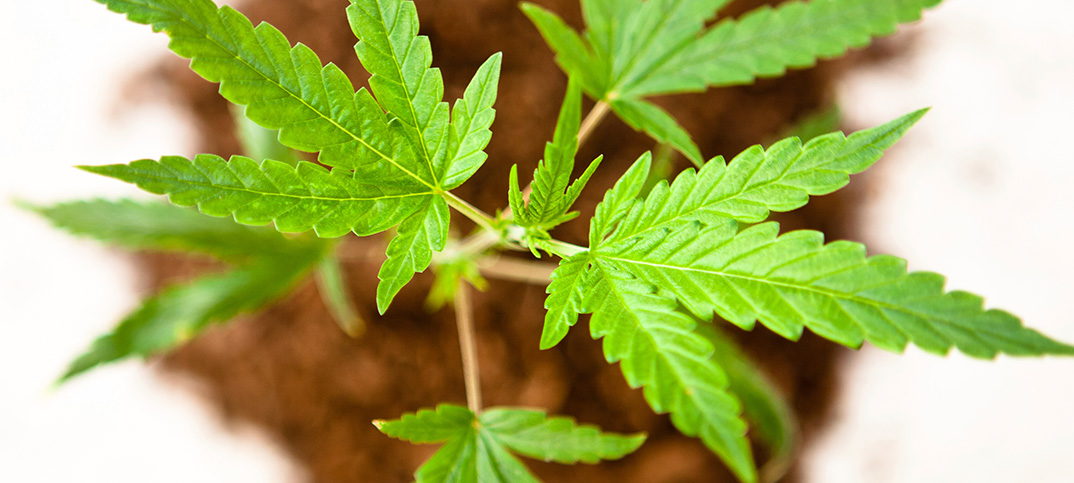

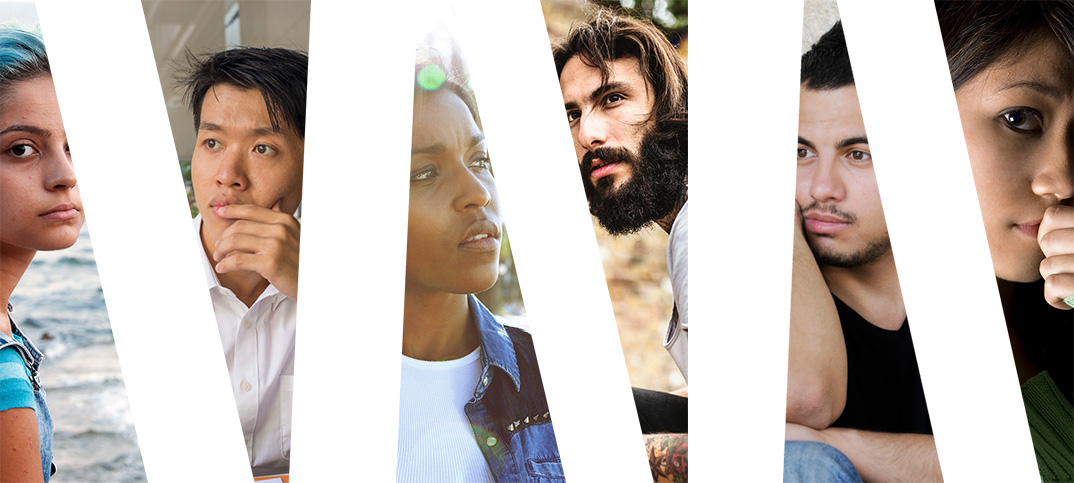


 Here’s what undergrads think their peers are drinking, compared to how much undergrads report they are actually drinking:
Here’s what undergrads think their peers are drinking, compared to how much undergrads report they are actually drinking:
 Consider:
Consider:






 Consider adapting drinking games in these ways:
Consider adapting drinking games in these ways:
